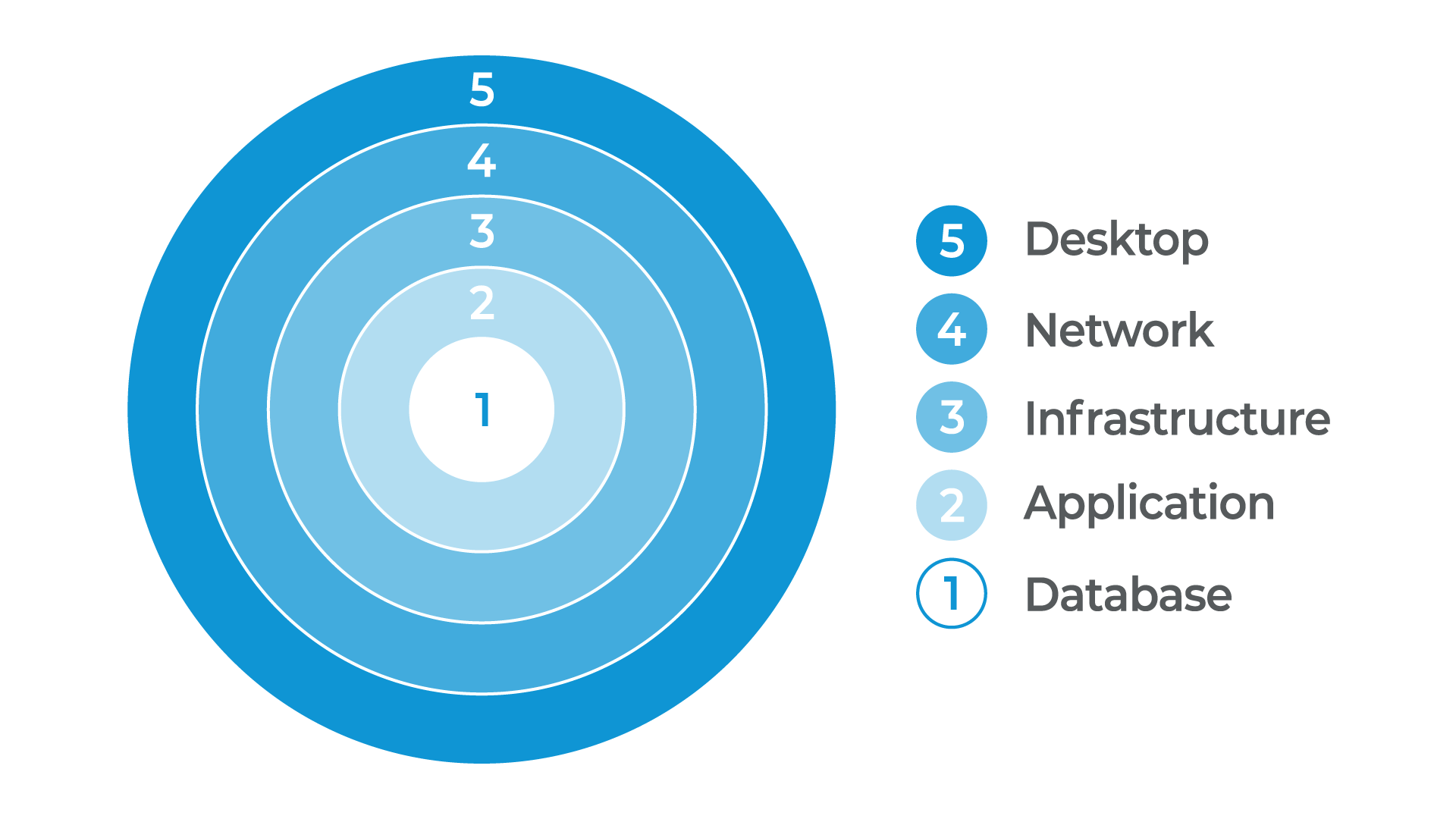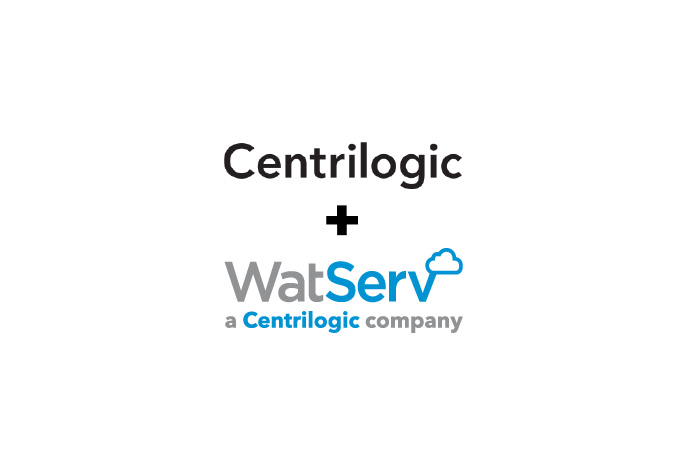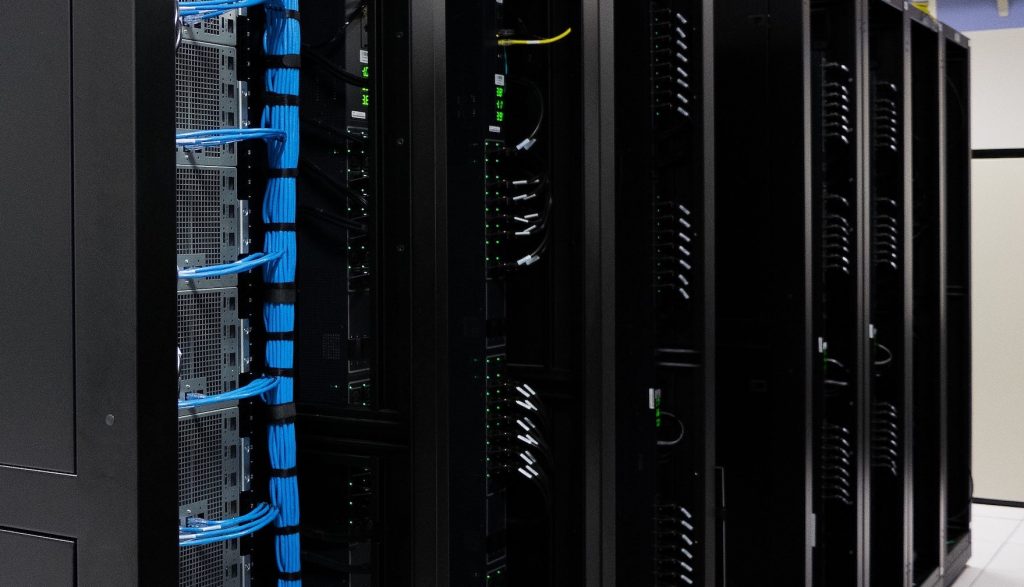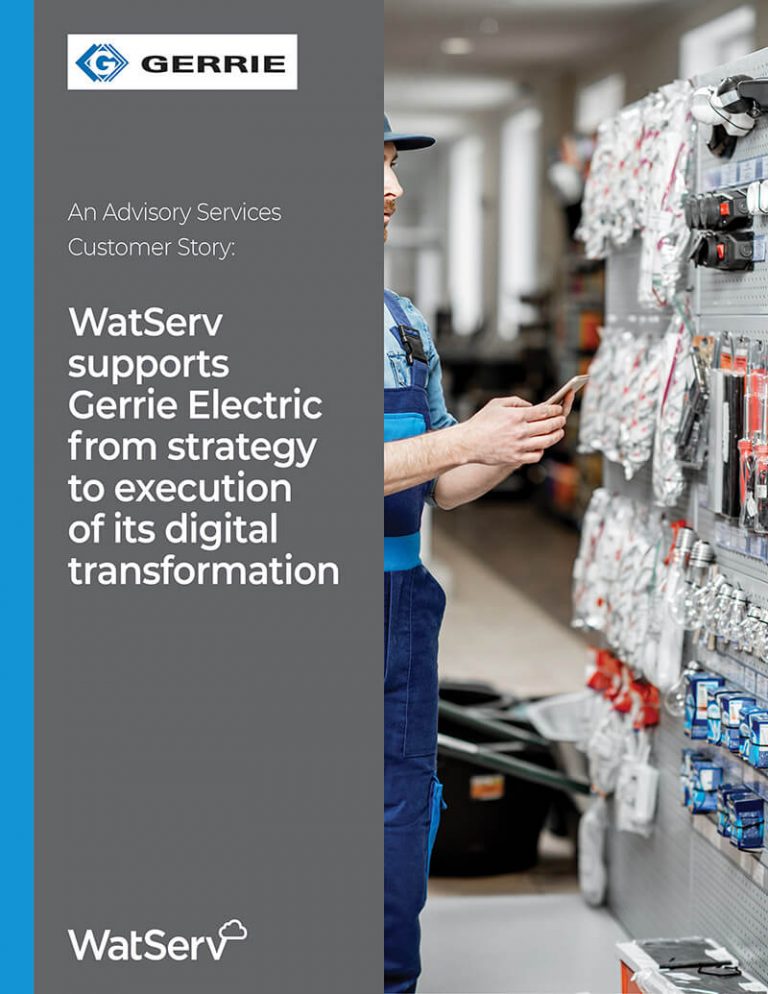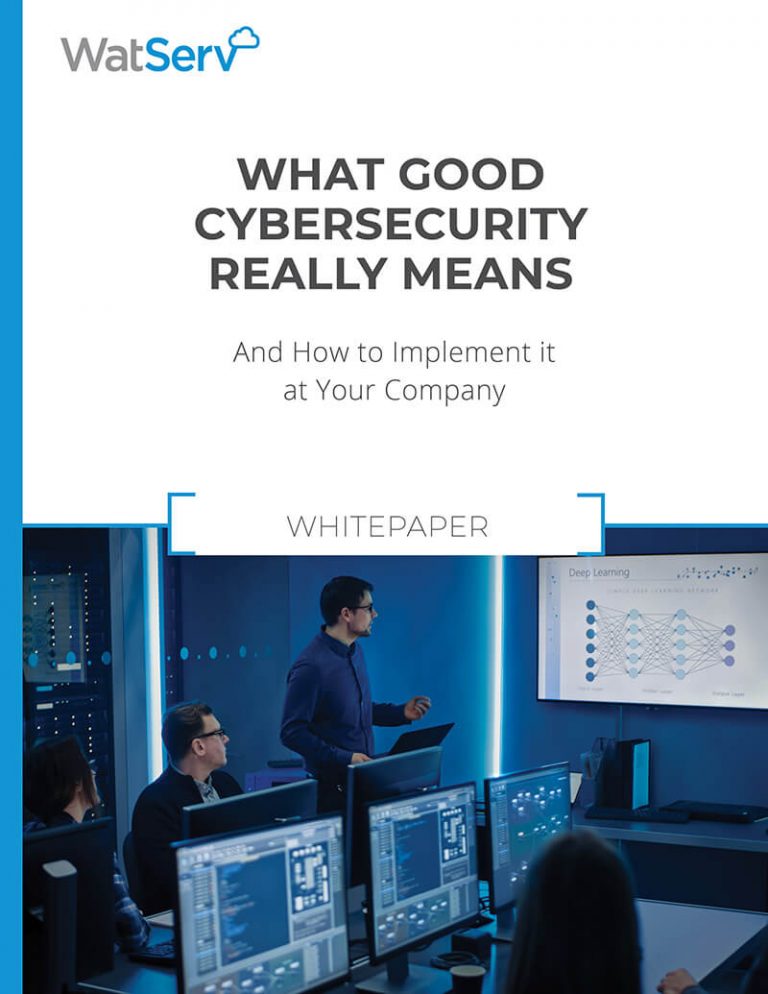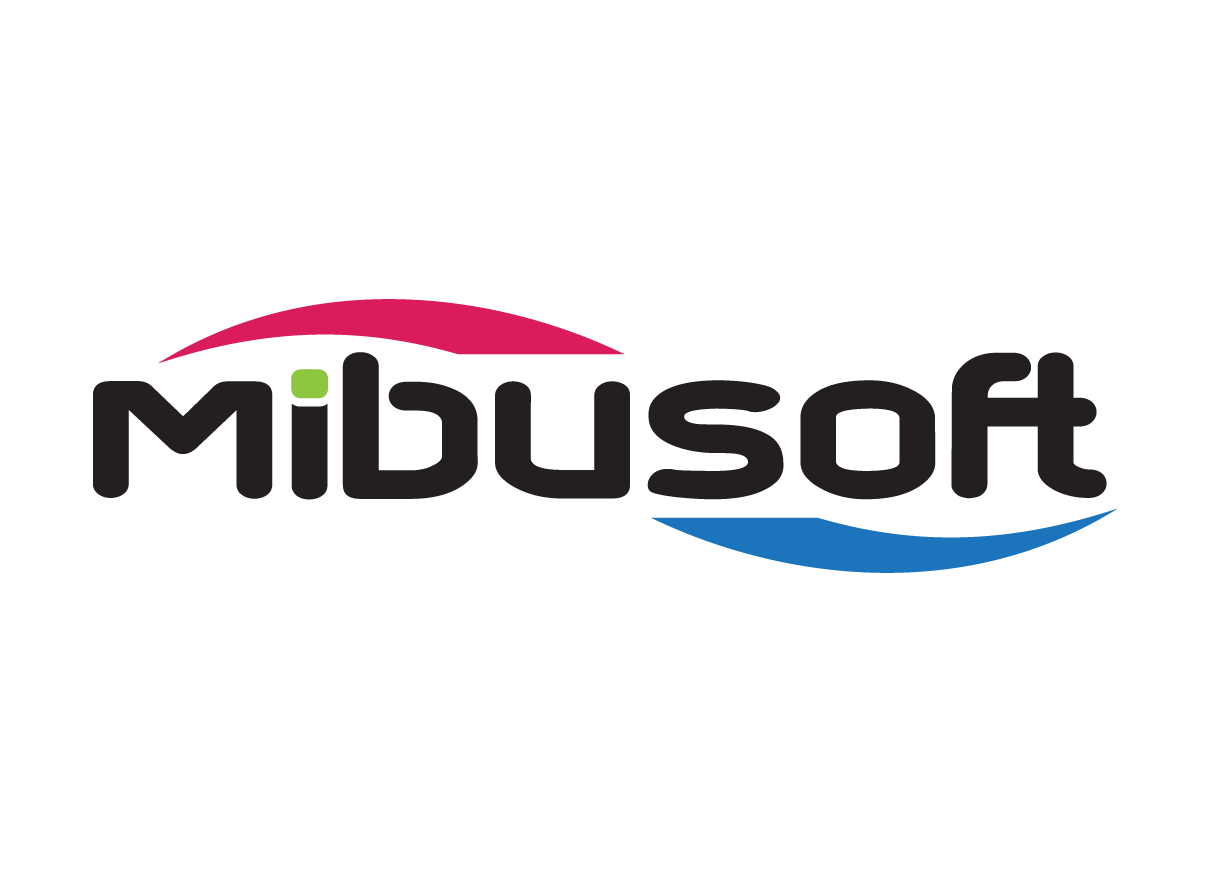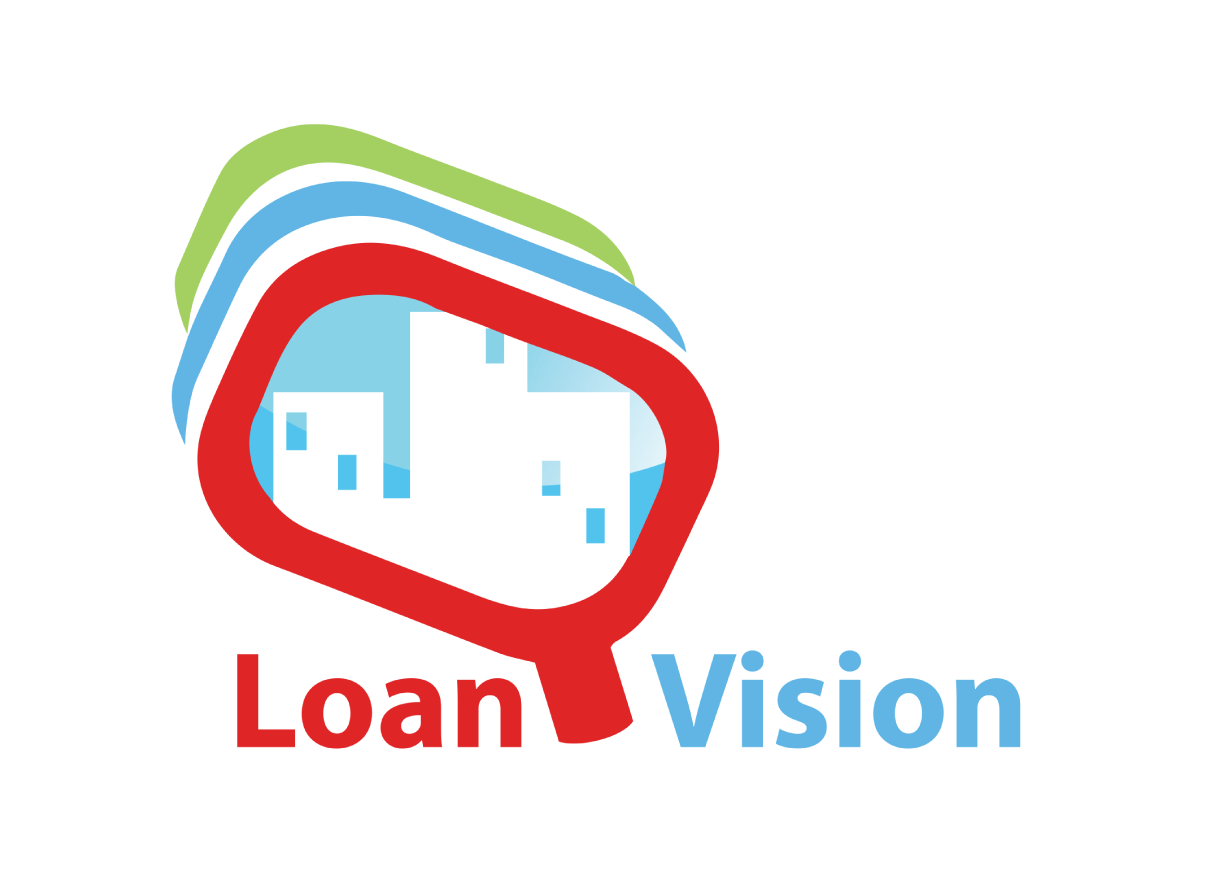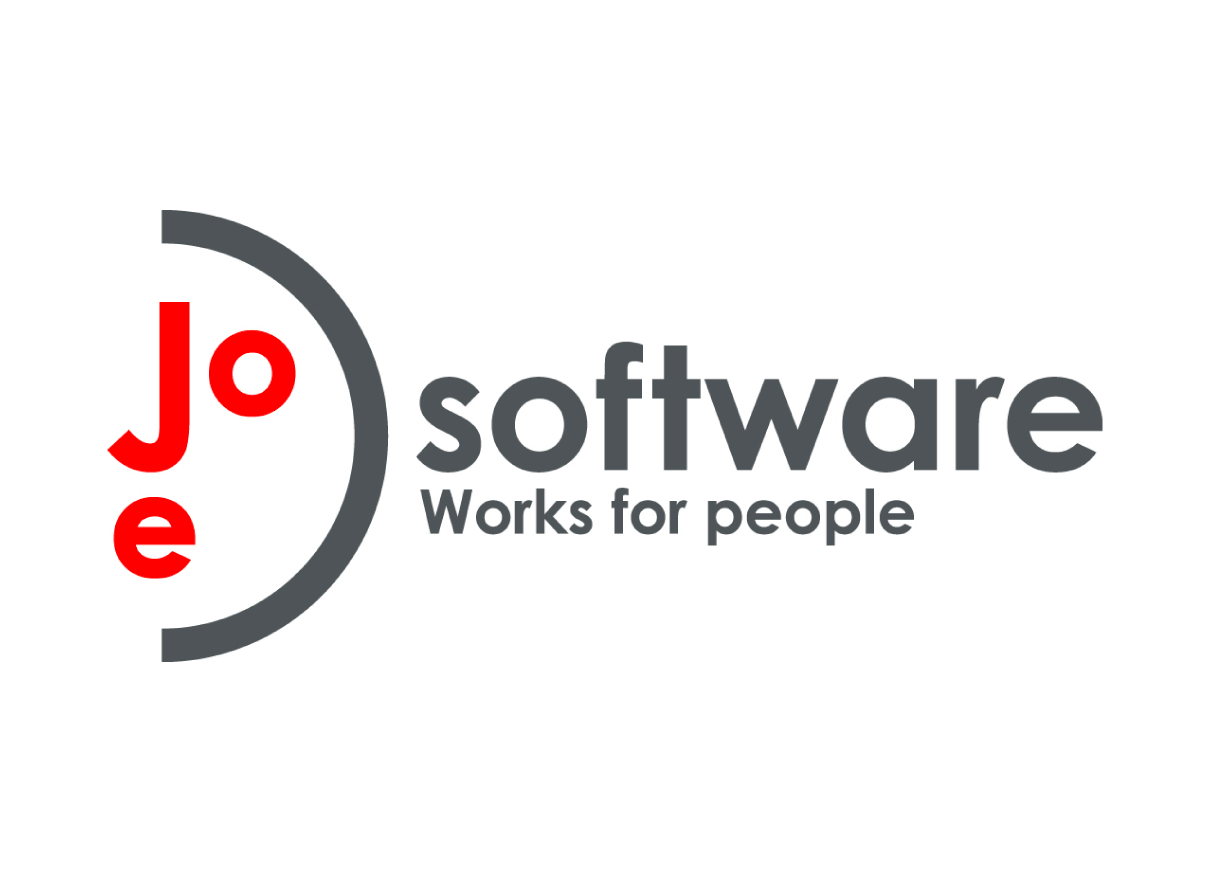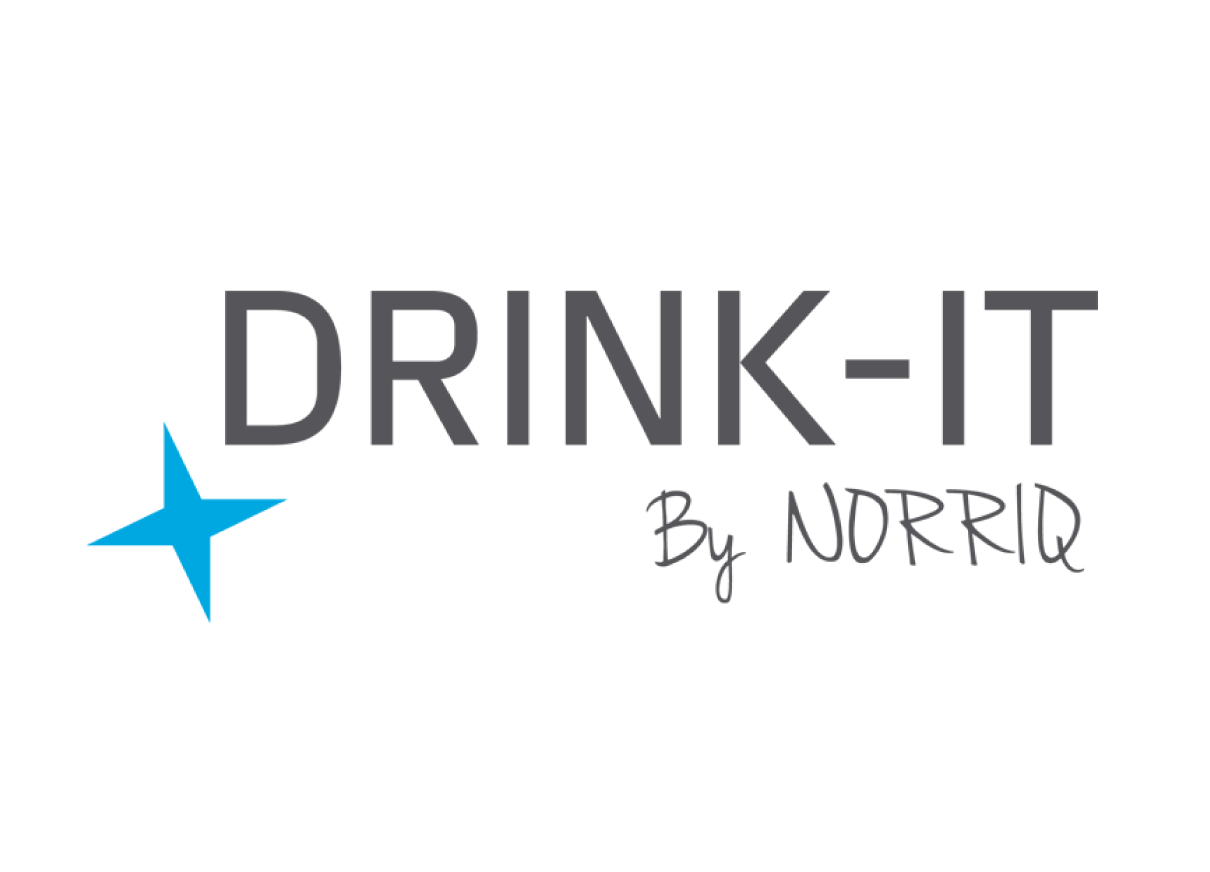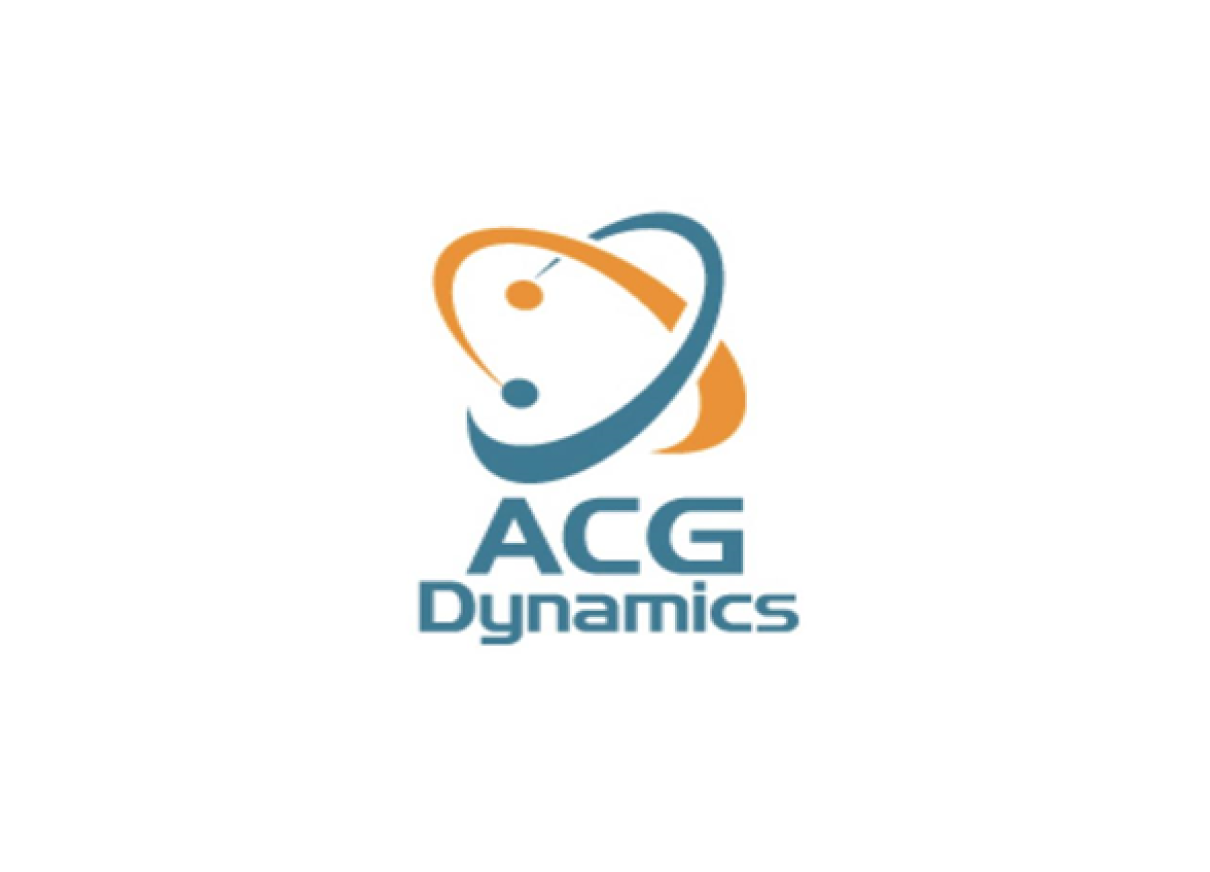2. Managed detection and response (MDR) services on hosted environments
WatServ uses Alert Logic’s MDR services to proactively monitor the security of our cloud environments across public, private or hybrid. In the event that a threat is detected, or indicators of a compromise are present, WatServ can cut off the external threat midway. In the case of the Triangle Equipment ransomware attack, WatServ could have stopped the encryption of their data midway, saving part of it.
3. Backups on Azure or Google
In the unfortunate instance of a threat, the customer can restore their environment to a point prior to the threat. WatServ performs backups of our customers’ data for 30 days or longer. Restoring from backup is relatively painless, when compared to building a new environment from scratch.
At WatServ, we also offer optional add-on services (incident response and security awareness training) listed below.
4. Incident response
In addition to MDR, WatServ offers an Incident Response service in the event of a threat. In the Triangle Equipment situation, the story alludes to the owners having to scramble to find cybersecurity experts to help them manage the situation. To avoid this, WatServ clients can purchase our Incident Response service on retainer so that these services are secured and ready for immediate deployment upon threat detection. Clients get peace of mind that they have security specialists ready-to-go.
5. Security awareness training
As per Verizon’s 2019 Data Breach Investigations Report, phishing – a form of social engineering – is the number one cause of data breaches. Security Awareness Training is an ongoing training program that teaches a company’s users to detect phishing emails and other types of social engineering threats. The security of a business’ computing environment (and data) must start with each individual user. By participating in Security Awareness Training, clients will see their employees become smarter to detecting social engineering instances. For example, some companies can expect to see an improvement from +60% click rates on phishing emails to sub-20% click rates over a 12-month period.
As painful as the journey was for Triangle Equipment, their story ended relatively well. Triangle paid the $2,500 ransom and, after 3 weeks, recovered their business operations. (Compare this to a recent story on two cities in Florida having to pay $1 million dollars to ransomware. Ouch!)
At WatServ, we help protect our clients from cybersecurity threats, like ransomware, by leveraging our advanced CloudOps tools and internal expertise to detect and remediate security issues.


